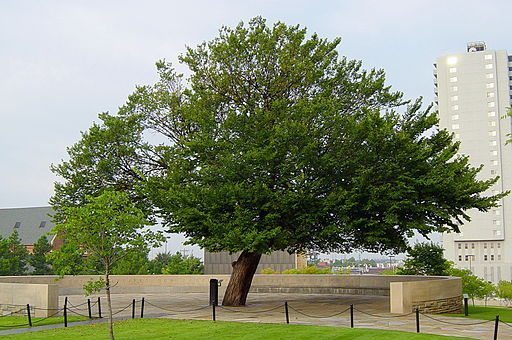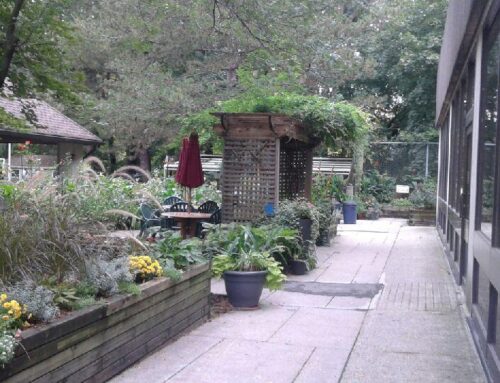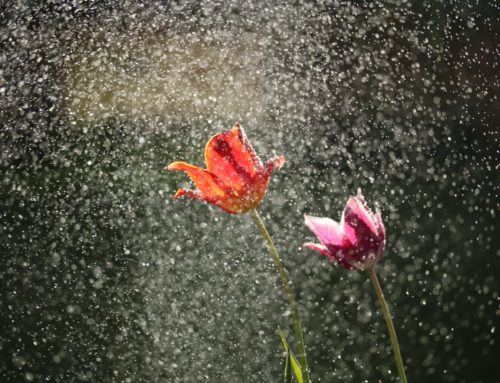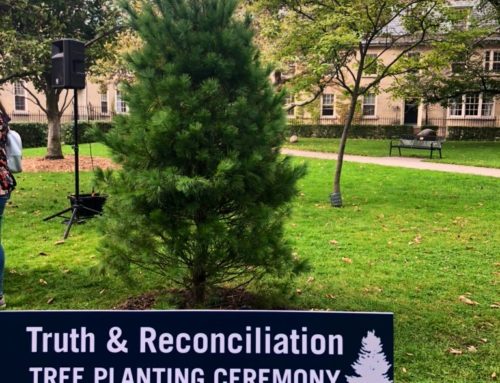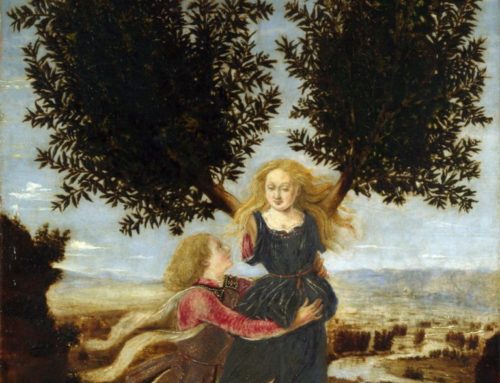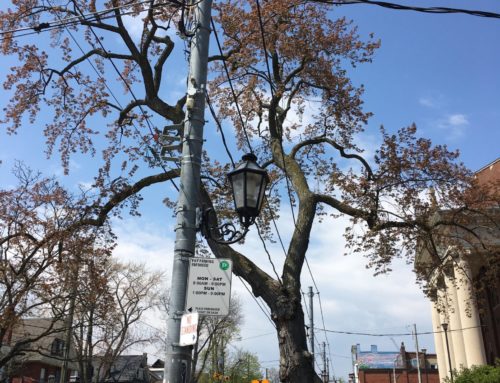Trees are resilient. They have been on earth for hundreds of millions of years and always seem to find a way to adapt and thrive in their environments.
It is no surprise, then, that in the face of tragedy, trees often become symbols of resilience, perseverance, and hope. When we see a tree come back from the brink of destruction, it inspires us and reminds us that life goes on and we can find a way to heal and grow.
Oklahoma City Elm

Dustin M. Ramsey [Attribution], via Wikimedia Commons
However, almost a year after the bombing, when family members, survivors and rescue workers gathered under the tree for a memorial ceremony, they noticed that it was showing signs of life and new growth. Since then, the area around the tree has become a memorial to the bombing, and measures have been taken to ensure the health and preservation of the tree. The tree is thriving to this day.
In addition to the memorial site, hundreds of seeds from this tree are taken every year, and the saplings grown from the seeds get distributed across the United States each year on the anniversary of the bombing.
9/11 Callery Pear

PumpkinSky [CC BY-SA 3.0 (https://creativecommons.org/licenses/by-sa/3.0)], from Wikimedia Commons
Since 2013, seedlings from this tree are being distributed to communities that have suffered tragedies in recent years, including Newtown and Boston.
Hibakujumoko
After the atomic bomb dropped in Hiroshima, Japan in 1945, it was assumed that the land would be barren for decades after the blast. However, the following spring, shoots and saplings began to appear among the debris of the city. In addition, many of the trees that stood through the blast showed new growth and were able to become healthy again. Today, these trees are located all over the grounds of public, government and religious buildings and the Hiroshima government looks after them. They are called Hibakujumoko – which means “survivor tree” – and each one is identified by a name plate.
Just like with the other survivor trees, the Hibakujumoko trees have also produced seeds and seedlings that have been distributed and are now growing all over the world.
Trees have always served as inspiration to people. The cyclical nature of a tree’s life speaks to their resilient nature and reminds us that new growth and new life is possible, even in our darkest moments.
By: Kristie Nairn, MA, MMst
Cohen & Master Tree and Shrub Services
Sources:
http://www.amusingplanet.com/2016/08/survivor-trees-around-world.html
https://en.wikipedia.org/wiki/Hibakujumoku
https://en.wikipedia.org/wiki/Oklahoma_City_National_Memorial
https://en.wikipedia.org/wiki/National_September_11_Memorial_%26_Museum#Survi

